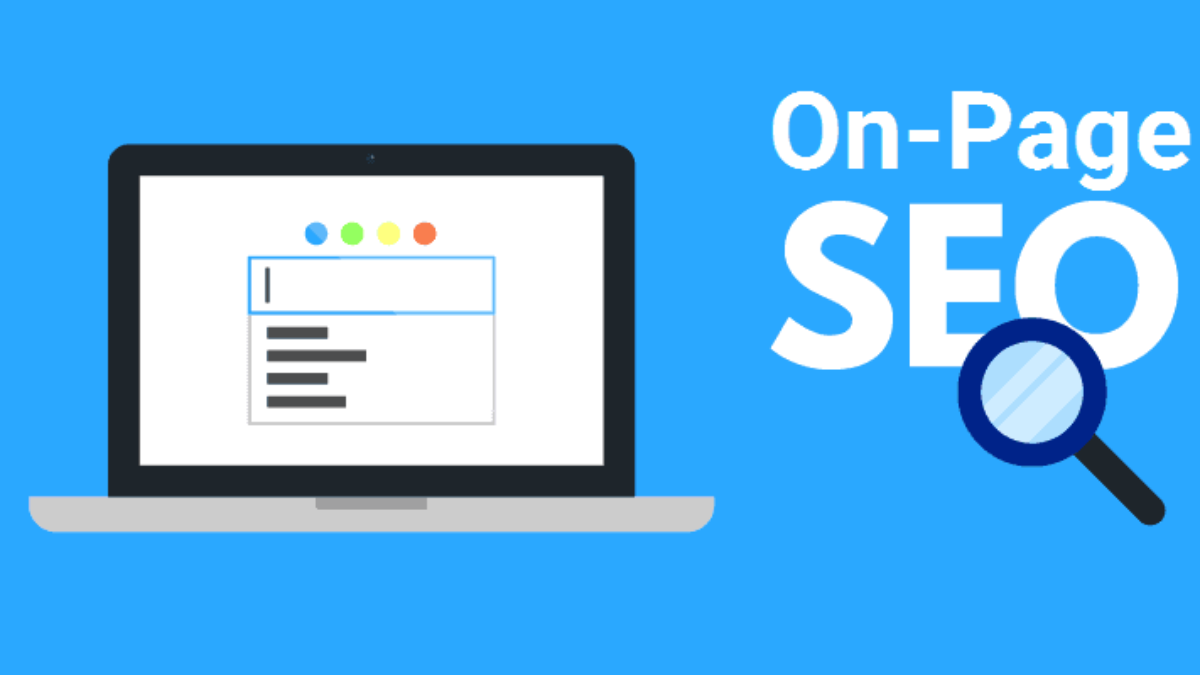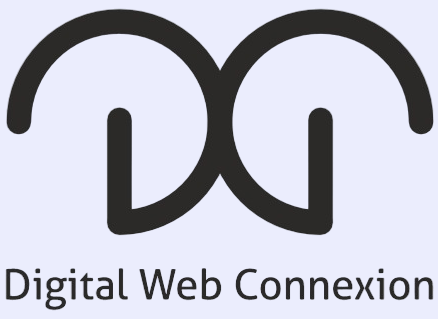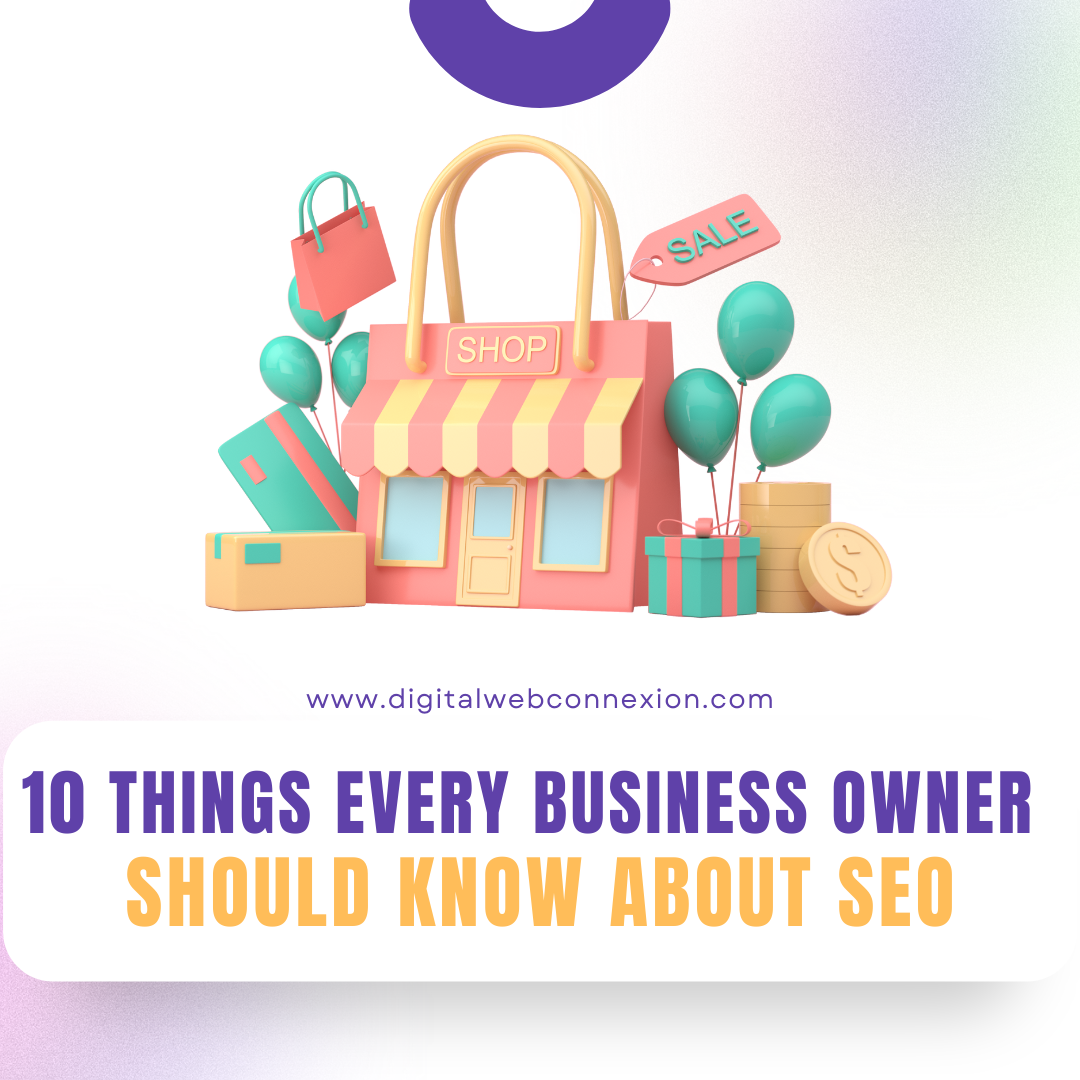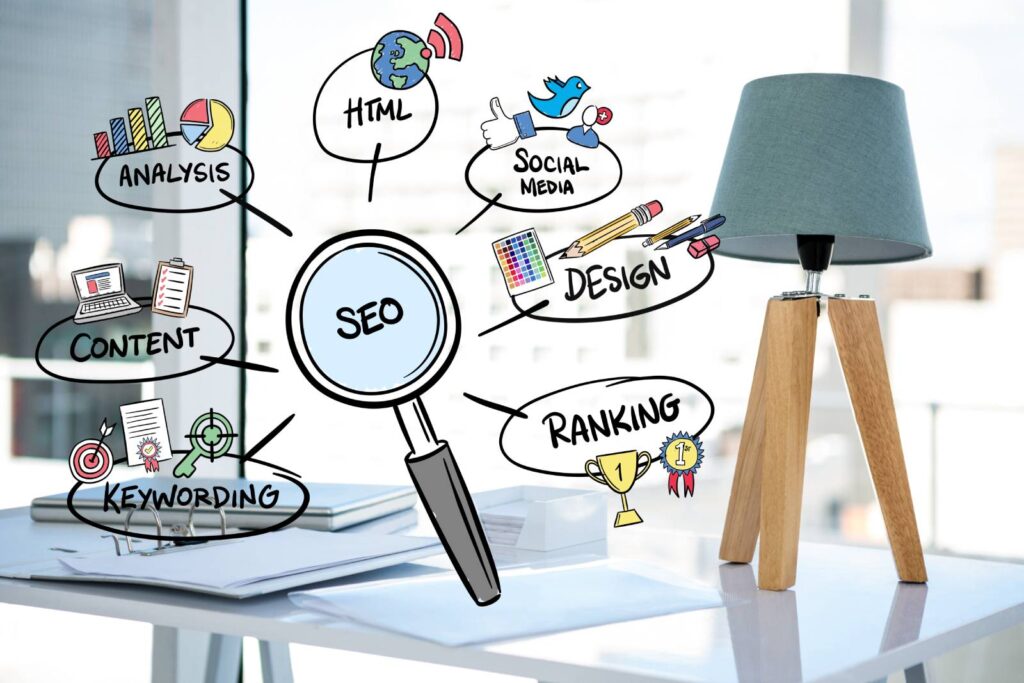1. Introduction
Search engine optimization (SEO) is the process of improving the quality and quantity of website traffic by increasing the visibility of a website or a web page in a search engine’s unpaid results. On-page SEO refers to the optimization of individual web pages to improve their ranking and earn more relevant traffic. It’s essential to know the factors that can affect your website’s on-page SEO performance. In this article, we will discuss 12 essential on-page SEO factors you need to know to improve your website’s ranking and attract more organic traffic.

[ez-toc]
On-page SEO is crucial for improving your website’s ranking in search engine results pages (SERPs). It’s essential to optimize each webpage individually to ensure the best possible user experience and ranking performance. Many factors can affect your website’s on-page SEO, including the title tag, meta description, header tags, URL structure, content quality, keyword optimization, image optimization, internal and external linking, user experience, mobile responsiveness, and page speed.
2. Title Tag
The title tag is an HTML element that specifies the title of a web page. It’s the first thing that appears in SERPs, so it’s crucial to make it relevant and descriptive. The title tag should be between 50-60 characters, include your primary keyword, and accurately describe the page’s content.
3. Meta Description
The meta description is a brief summary of a webpage that appears below the title tag in SERPs. It should be between 150-160 characters, include your primary keyword, and accurately describe the page’s content. A compelling meta description can attract more clicks and improve your website’s click-through rate (CTR).
4. Header Tags
Header tags (H1, H2, H3, etc.) are HTML elements that are used to structure content on a webpage. When creating a webpage, it’s important to use appropriate tags to mark up your headings. The main heading of your page should be marked up with the H1 tag, while any subheadings on the page should use H2, H3, and H4 tags. This helps search engines understand the structure of your content and improves readability for your visitors.
5. URL Structure
A clean and descriptive URL structure can help search engines understand your web page’s content and improve your website’s ranking. The URL should be short, descriptive, and include your primary keyword. Avoid using dynamic URLs with parameters, as they can be difficult for search engines to crawl and index.
6. Content Quality
High-quality content is essential for improving your website’s ranking and attracting more organic traffic. Your content should be unique, informative, and engaging. It should also include your primary keyword and relevant secondary keywords. Avoid keyword stuffing and ensure that your content is readable and understandable.
7. Keyword Optimization
Keyword optimization is the process of using relevant keywords throughout your content to improve your website’s on-page SEO factors for specific search terms. Use your primary keyword in the title tag, meta description, header tags, URL, and content. Use relevant secondary keywords throughout your content, but avoid keyword stuffing.
8. Image Optimization
Image optimization can improve your website’s ranking and attract more traffic through image search results. Use descriptive and relevant filenames, alt tags, and captions for your images. Compress your images to reduce their file size and improve your website’s loading speed.
9. Internal Linking
Internal linking is the process of linking to other pages on your website. Internal links can help search engines understand the hierarchy and structure of your website, as well as improve your website’s ranking for specific keywords. Use descriptive anchor text and links to relevant pages on your website.
10. External Linking
External linking is the process of linking to other websites. External links can provide additional information for your readers and improve your website’s credibility and authority. Link to high-quality and relevant websites, and use descriptive anchor text.
11. User Experience
User experience (UX) is essential for improving your website’s ranking and attracting more traffic. Ensure that your website is easy to navigate and use, with a clear hierarchy and structure. Optimize your website’s loading speed, use responsive design, and ensure that your website is accessible to users with disabilities.
12. Mobile Responsiveness
Mobile responsiveness is essential for improving your website’s ranking and attracting more traffic from mobile users. Ensure that your website is optimized for mobile devices, with a responsive design and fast loading speed. Use mobile-friendly fonts and ensure that your website is easy to navigate on small screens.
13. Page Speed
Page speed is essential for improving your website’s ranking and providing a good user experience. Ensure that your website loads quickly, with a fast server response time and optimized images and code. Use a content delivery network (CDN) to improve your website’s loading speed and reduce latency.
14. Conclusion
an on-page SEO factor is essential for improving your website’s ranking and attracting more relevant traffic. By optimizing your title tag, meta description, header tags, URL structure, content quality, keyword optimization, image optimization, internal and external linking, user experience, mobile responsiveness, and page speed, you can improve your website’s performance in search engine results pages (SERPs).
Also, Read E-commerce seo
15. FAQs
- What is on-page SEO?
Ans – On-page SEO refers to the optimization of individual web pages to improve their ranking and earn more relevant traffic.
- What are the essential on-page SEO factors?
Ans – The essential on-page SEO factors include the title tag, meta description, header tags, URL structure, content quality, keyword optimization, image optimization, internal and external linking, user experience, mobile responsiveness, and page speed.
- How can I optimize my title tag?
Ans – Optimize your title tag by including your primary keyword and accurately describing the page’s content in 50-60 characters.
- Why is user experience important for on-page SEO?
Ans – User experience is essential for improving your website’s ranking and attracting more traffic. A good user experience can improve your website’s click-through rate and reduce your bounce rate.
- How can I improve my website’s page speed?
Ans – Improve your website’s page speed by using a fast server, optimizing your images and code, and using a content delivery network (CDN).





